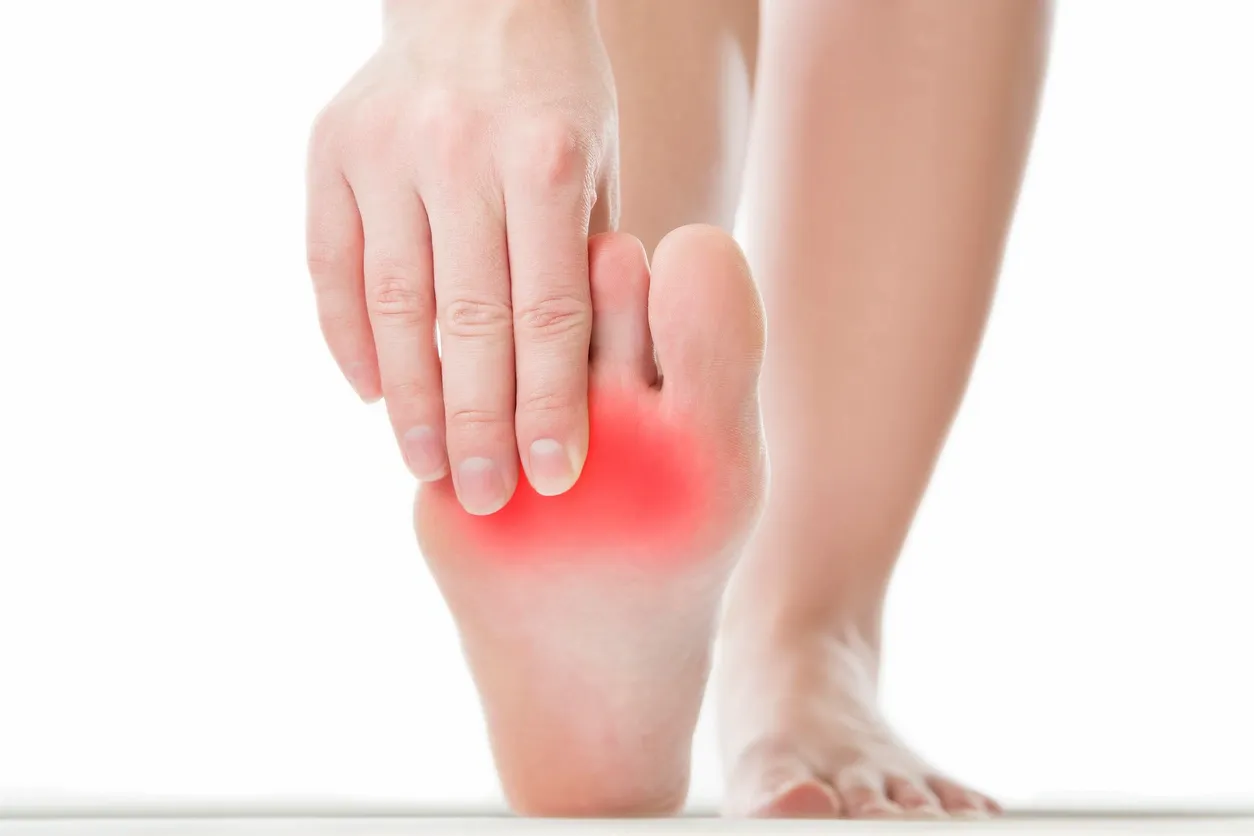Helping the Body to Heal
Patients with inadequately controlled diabetes have too much glucose (sugar) in their bloodstream due to dysfunctional insulin production/utilization. Over time, this excessive amount of sugar can damage nerves and blood vessels, which can constrict blood flow. The pain associated with damaged nerves is called neuropathy and it can be severe enough to create mobility issues in the affected areas, which may further decrease circulation. In cases of diabetes, most patients experience neuropathy and decreased circulation in their extremities; this is due to how far away these areas are from the heart. Some patients with advanced diabetes experience injuries to their extremities, usually in the feet, resulting in open wounds or ulcers. With insufficient blood flow to the injury, it can become very difficult or impossible for the body to heal itself. The inflammatory process will be triggered but may not be followed up with the necessary responses from the immune system to repair the injured tissue. Diabetic ulcers can last for years and continue to worsen over time. These non-healing wounds are the main cause of foot and hand amputations for diabetic patients.
Diabetic ulcers and other non-healing wounds are some of the most studied conditions for hyperbaric oxygen therapy. Hyperbaric therapy can help push blood and oxygen much deeper into the body, even through areas that are damaged and inflamed. By flooding the ulcer with oxygen, the body can quickly initiate its healing response and fight to restore the injured tissue. Multiple studies and anecdotes have shown complete recovery from mild ulcers and injuries as well as ones that have progressed into severe infections and for patients who were scheduled for amputation. Hyperbaric therapy has also been proven to create new blood vessels, a process called angiogenesis. For diabetic patients, this can result in brand new routes for improved circulation to extremeties. This means that patients may be able to utilize hyperbaric therapy to prevent ulcers as well as to treat them. The mechanism of action for healing diabetic ulcers may also work to heal damaged nerves and end the painful symptoms of diabetic neuropathy.


